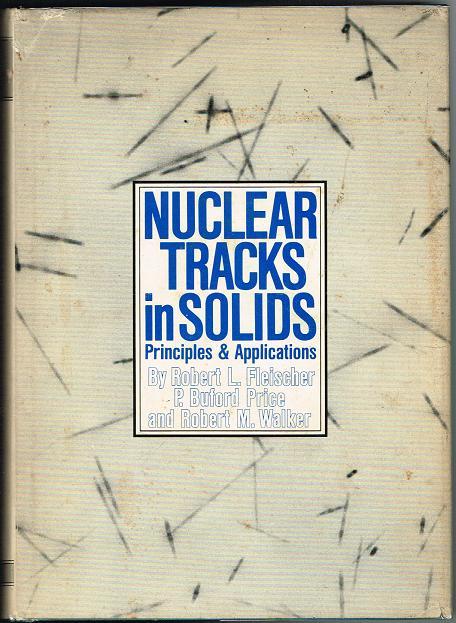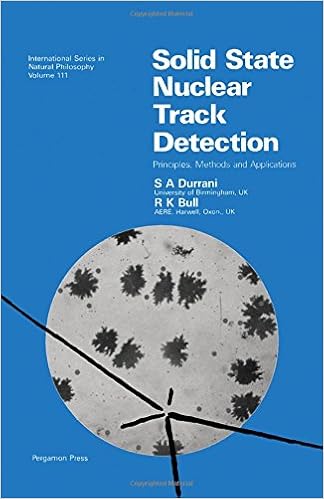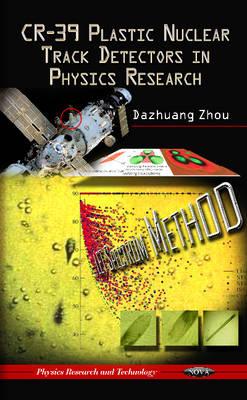


Track Formation & Detection,Introduction to nuclear track detection, Interaction of charged particle with matter, Range-energy relations, radiation damage in solids, track storing materials and criteria for track formation, track etching methodology and Track geometry. , Applications of Track Detection Techniques, Applications in Nuclear Physics, Half lives for spontaneous fission and alpha/carbon decay, Fission barriers, Spontaneously fissioning Isomers, Search for super heavy nuclei, Fragmentation and charge changing cross section in relativistic heavy ion collisions and some more examples. , Applications in Heavy Ion Physics:, Preparation and exposure of detector-target assembly, Scanning and measurement of events: Bifurcation of elastic and in-elastic binary events, Calculation of grazing angle, Maximum angular momentum, Radius of interaction, and reaction cross-section from the elastic binary events, Partial reaction cross sections, Analysis of 3- and 4-pronged events and calculation of total energy losses, Masses of pre-fission fragments, and their scattering angles, Relative velocities, in and out of plane angular distribution of fission fragments and calculation of time scale of the sequential fission process.



